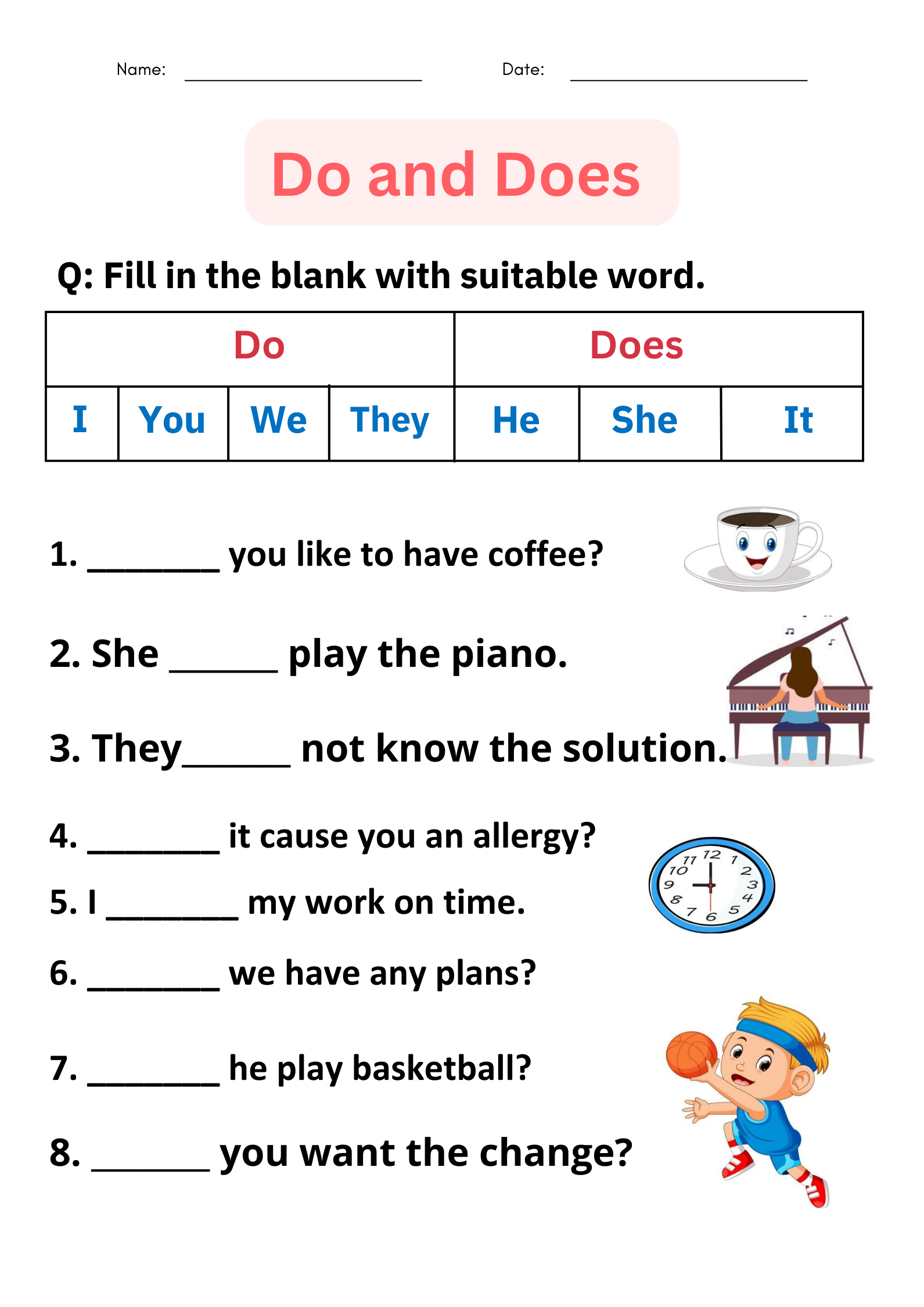Understanding the Practical Differences Between Industrial and Commercial Sectors
Introduction
Distinguishing between industrial and commercial sectors is essential for business owners, investors, and developers seeking to make informed decisions about property use, project planning, and compliance. Both sectors are vital to the economy, but they serve different functions, face distinct regulatory requirements, and demand specialized design and management approaches. This article explores the core differences, practical examples, legal considerations, and steps to access services or opportunities in each sector.
Core Definitions and Purposes
At their foundation, commercial and industrial sectors differ in both their purpose and function :
Commercial properties are designed for activities that involve the buying, selling, or exchange of goods and services. Typical examples include office buildings, retail stores, hotels, restaurants, and hospitals. These properties are usually created to be accessible to the public, focus on aesthetics, and facilitate customer interaction [2] .
Industrial properties, in contrast, are dedicated to the production, storage, or distribution of goods. Facilities like factories, warehouses, manufacturing plants, power generation sites, and refineries fall into this category. These buildings are engineered for efficiency, operational functionality, and safe handling of materials [2] .
Design and Construction Differences
The planning and construction of commercial and industrial properties involve distinct considerations:
Project Design: Commercial projects typically adopt standardized designs that prioritize visual appeal, easy navigation for customers, and compliance with general safety codes. For example, a shopping mall or office building focuses on accessibility and aesthetics. Industrial projects, however, require highly customized designs to meet specialized production and safety needs. These designs often take longer to develop and must accommodate heavy machinery, hazardous materials, and unique workflow requirements [1] .
Exterior and Interior Construction: Commercial exteriors emphasize curb appeal, parking, and signage. Interiors are designed to optimize customer flow and comfort. Industrial exteriors, by contrast, focus on functionality-such as loading docks, reinforced structures, and secure perimeters. Interiors are engineered for equipment, storage, and safety, featuring wider spans, higher ceilings, and robust flooring [3] .
Case Study: Building a new warehouse requires detailed planning for machinery, logistics, and environmental controls, while constructing a retail store prioritizes customer movement, product displays, and ambiance.
Location and Zoning
Commercial Properties: Usually located in city centers or high-traffic areas to attract customers and employees, with convenient access to public transportation and amenities [3] .
Industrial Properties: Frequently positioned near transportation hubs-such as highways, ports, or railways-for distribution efficiency. Zoning laws often restrict these facilities to areas away from residential zones to minimize noise, pollution, and heavy traffic impacts [5] .
Example: An industrial plant may be situated outside urban areas with large setbacks for safety, while a commercial office building is likely to be in a downtown business district.
Permitting, Regulations, and Legal Requirements
Both sectors must meet legal and safety standards, but the scope and complexity differ:
Commercial Permits: Generally less intensive, focusing on business licenses, fire codes, and accessibility standards. The process is often faster but still enforces health and safety for occupants [1] .

Source: riset.guru
Industrial Permits: Involve a more rigorous process, including detailed zoning approvals, environmental assessments, and regulatory compliance at local, state, and federal levels. Permits may address hazardous material handling, emissions, and occupational safety. The process is longer and more complex, often involving multiple inspections and ongoing compliance checks [3] .
How to Access Permits: To obtain necessary permits, you can contact your local city or county building department. For industrial projects, consult with zoning boards and environmental agencies. You may need to hire a permit expediter or a specialized consultant for complex projects. Consider searching for “building permit application” along with your city or county name for official portals.
Scale, Scope, and Cost
Industrial Projects: Tend to be larger in scale, with more expansive facilities to accommodate equipment, raw materials, and logistics. This scale increases overall project cost and complexity, requiring specialized project management [3] .
Commercial Projects: Range widely in size but usually remain smaller than industrial complexes. Costs are often lower, and project timelines are shorter due to standardized processes and fewer specialized needs.
Example: Constructing an automotive assembly plant involves higher upfront investment and operational costs than building a retail strip mall.

Source: jagranjosh.com
Systems and Infrastructure
Commercial Buildings: Require standard systems-HVAC, plumbing, electricity-sized for occupant comfort and business needs. Maintenance is routine and can be managed by general contractors or property managers [3] .
Industrial Buildings: Require robust, customized systems, such as heavy-duty electrical grids, industrial ventilation, specialized fire suppression, and reinforced floors for heavy machinery. Maintenance often demands skilled technicians and adherence to strict operational standards.
Guidance: If you plan to lease or build, consult industry-specific contractors and request examples of past projects to assess technical competency. You may also contact trade associations for referrals to specialized service providers.
Zoning and Environmental Considerations
Commercial Zoning: More flexible, allowing a variety of business uses as long as public safety and neighborhood compatibility are maintained. Restrictions may exist on signage, parking, or hours of operation [5] .
Industrial Zoning: Stricter, often mandating larger lot sizes, greater building setbacks, and robust environmental controls (such as noise and air quality measures). These requirements protect surrounding areas from potential nuisances or hazards.
Action Step: Before acquiring property, verify zoning classification through your city or county’s planning department. Request zoning maps and permitted use tables to ensure your intended activity is allowed.
Project Management and Timelines
Industrial Projects: Often require longer lead times due to detailed planning, regulatory review, and equipment installation. Project managers must coordinate multiple stakeholders, including engineers, regulatory agencies, and specialized contractors [3] .
Commercial Projects: Simpler management and shorter timelines if standardized plans are used. Project managers focus on scheduling, budgeting, and compliance with business codes.
Tip: To improve efficiency, use construction management software and maintain open communication with stakeholders. For industrial projects, consider hiring a project manager with specific experience in your industry.
Accessing Services and Opportunities
If you are seeking to develop, lease, or invest in either sector, several actionable steps can help you get started:
- Research Local Regulations: Begin by identifying city or county planning agencies. Visit their official websites or contact them directly for guidance on permitted uses, application forms, and zoning maps. For complex projects, consider hiring a local land use attorney or consultant.
- Consult Industry Associations: Organizations such as the Associated General Contractors of America (AGC) or your state’s construction association offer resources, referrals, and best practices for both commercial and industrial sectors.
- Engage Specialized Contractors: Seek contractors with proven experience in your project type. Ask for case studies, references, and relevant certifications.
- Financing Options: Discuss financing with banks or commercial lenders that specialize in real estate development. Many lenders have distinct programs for industrial and commercial projects.
- Environmental Assessments: For industrial developments, you may need to commission an environmental impact study. Search for certified environmental consultants in your region.
Important: If you need to apply for permits or research zoning, search for your “[City/County Name] Planning Department” or “[City/County Name] Building Permits” to find the official portal. Do not rely on third-party or unofficial websites.
Challenges and Solutions
Commercial Sector Challenges: Competition for high-traffic locations, evolving customer needs, and regulatory changes. Solutions include market research, flexible design, and regular compliance reviews.
Industrial Sector Challenges: Complex permitting, high capital outlays, environmental constraints, and skilled labor shortages. Solutions involve early stakeholder engagement, phased project planning, and workforce development partnerships.
Alternative Approaches
Businesses may consider mixed-use developments that integrate commercial and light industrial activities, subject to local zoning allowances. Adaptive reuse of existing structures is another option, potentially reducing costs and permitting hurdles. Consult your city’s planning department for guidance on available incentives or pilot programs.
Conclusion
Understanding the nuanced differences between industrial and commercial sectors empowers stakeholders to make informed decisions, mitigate risks, and maximize opportunities. Whether you are building, leasing, or investing, thorough research, compliance with regulations, and engagement with industry professionals are essential steps toward success.
References
- [1] Indeed (2025). Industrial vs. Commercial Construction: Key Differences.
- [2] Falcon Structures (2023). 5 Factors That Separate Commercial vs. Industrial Construction.
- [3] Connor Construction (2023). Difference Between Commercial and Industrial Construction.
- [4] Fluid Constructions (2022). Difference between commercial construction and industrial construction.
- [5] Rising Realty Partners (2023). Commercial vs. Industrial Real Estate.
MORE FROM mumsearch.com













